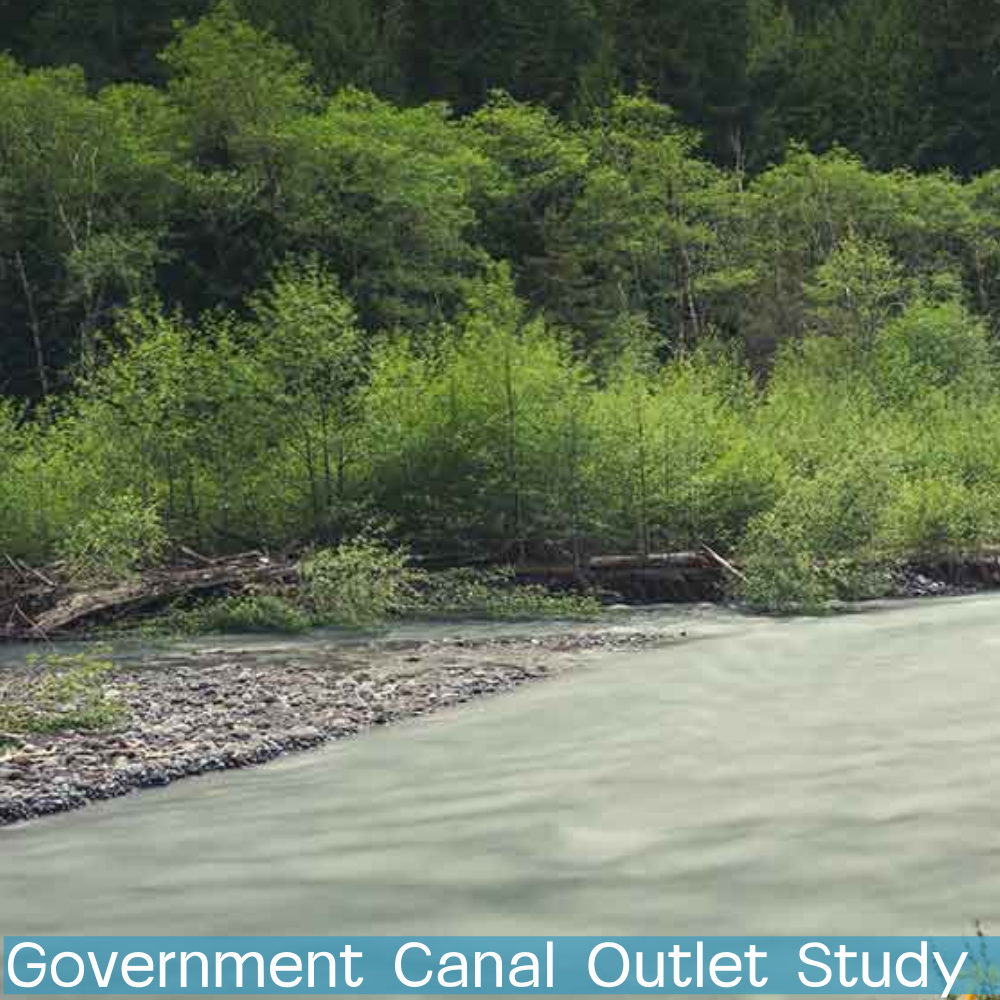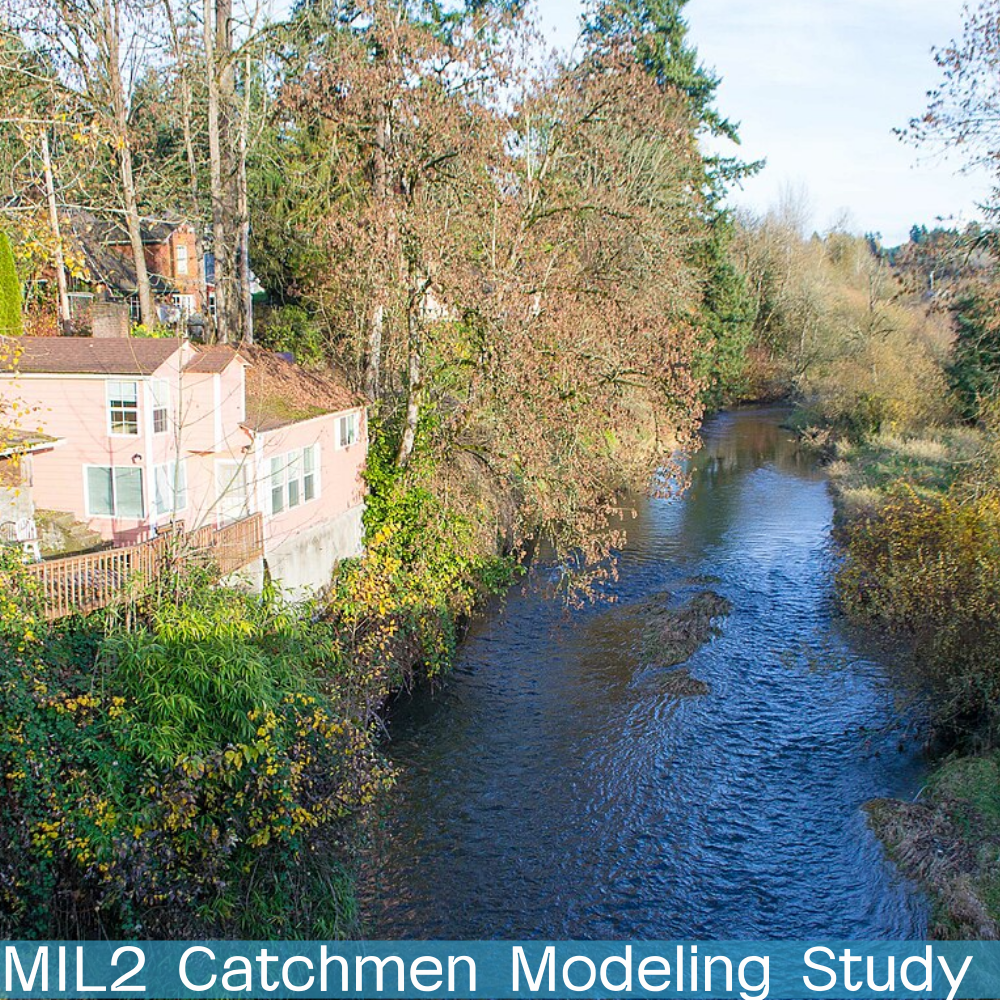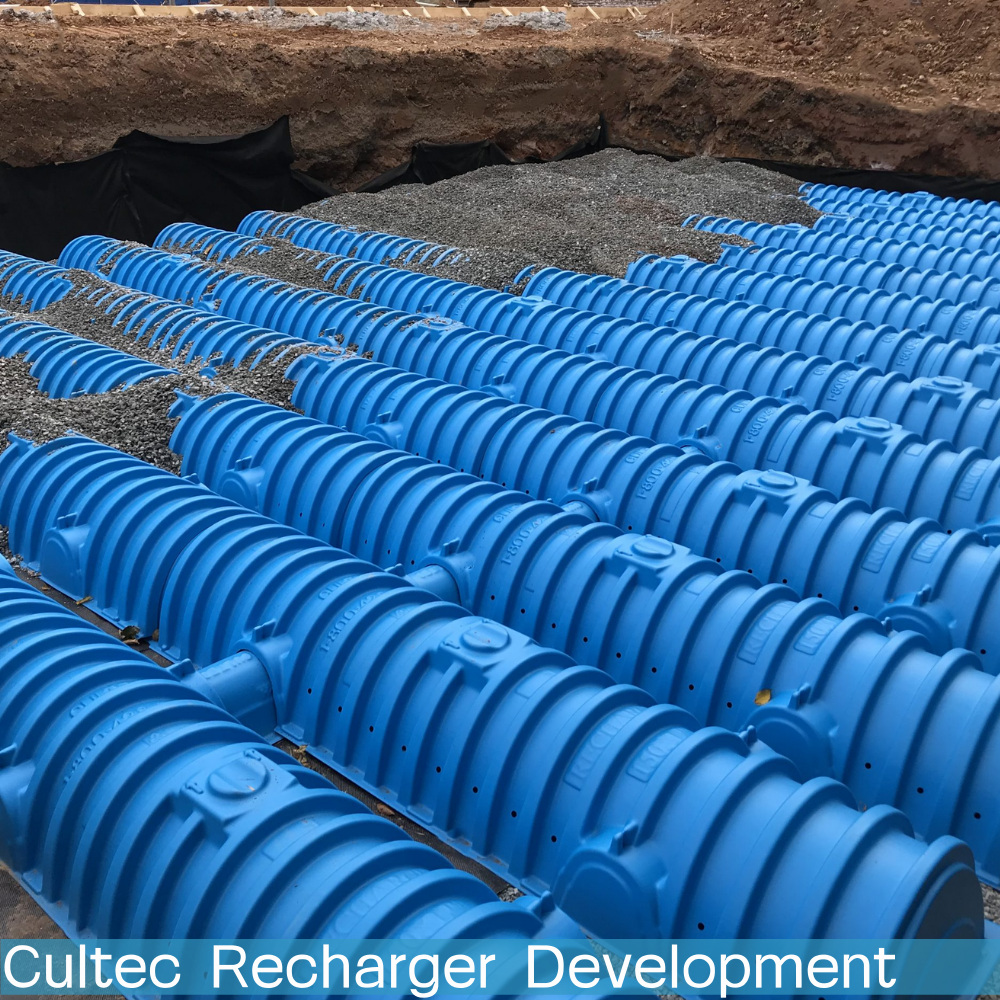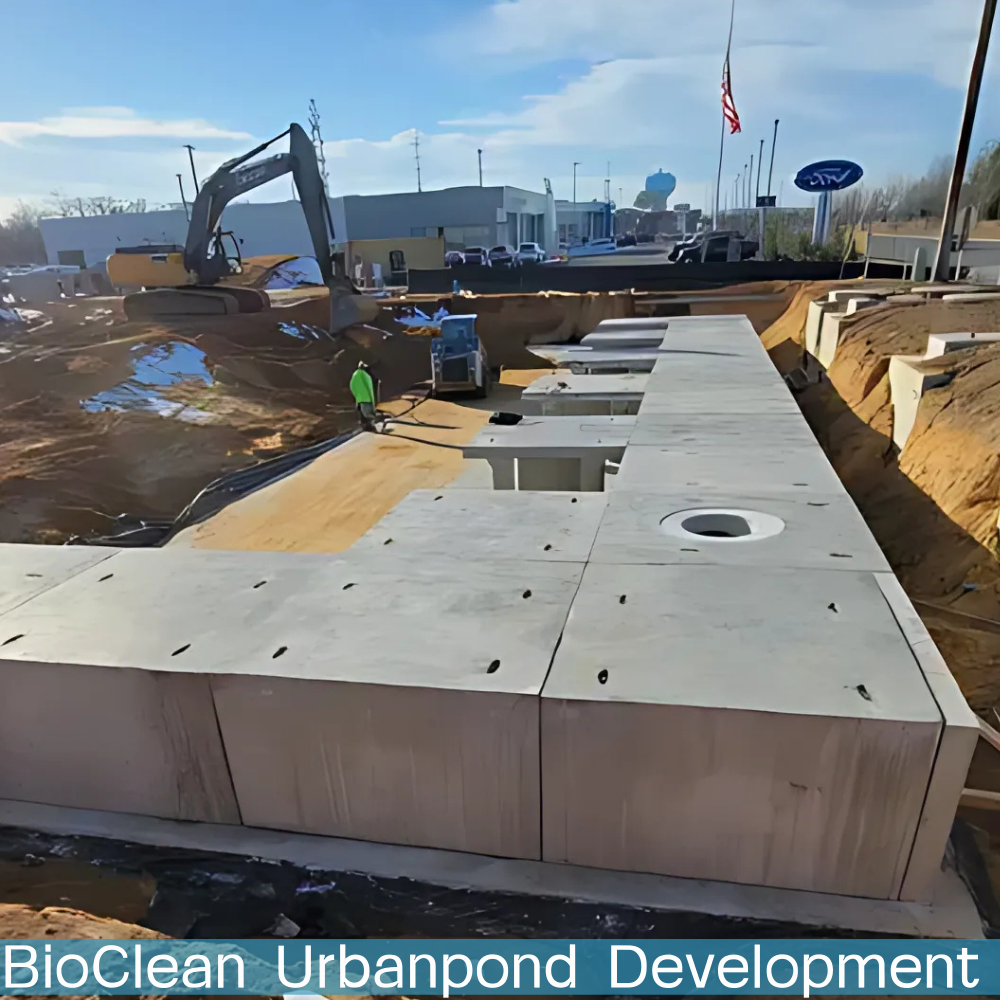
CCS Project Portfolio
Hydrology and Hydraulics
Wetland Mitigation
Watershed Calibration
Mitigation and Modeling
Software Development
Education, Media, and Presentations
Contact us.
Support: Support@clearcreeksolutions.com
Joseph T. Brascher Sr.: Brascher@clearcreeksolutions.com
Douglas Beyerlein P.E.: Beyerlein@clearcreeksolutions.com
Joseph Brascher Jr. EIT.: BrascherJr@ClearCreekSolutions.com
Clear Creek Solutions, Inc.
6200 Capitol Blvd. Ste. F
Olympia, WA 98501
360-943-0304
Clear Creek Solutions, Inc.
15800 Village Green Drive #3
Mill Creek, WA 98012
425-225-5997






































